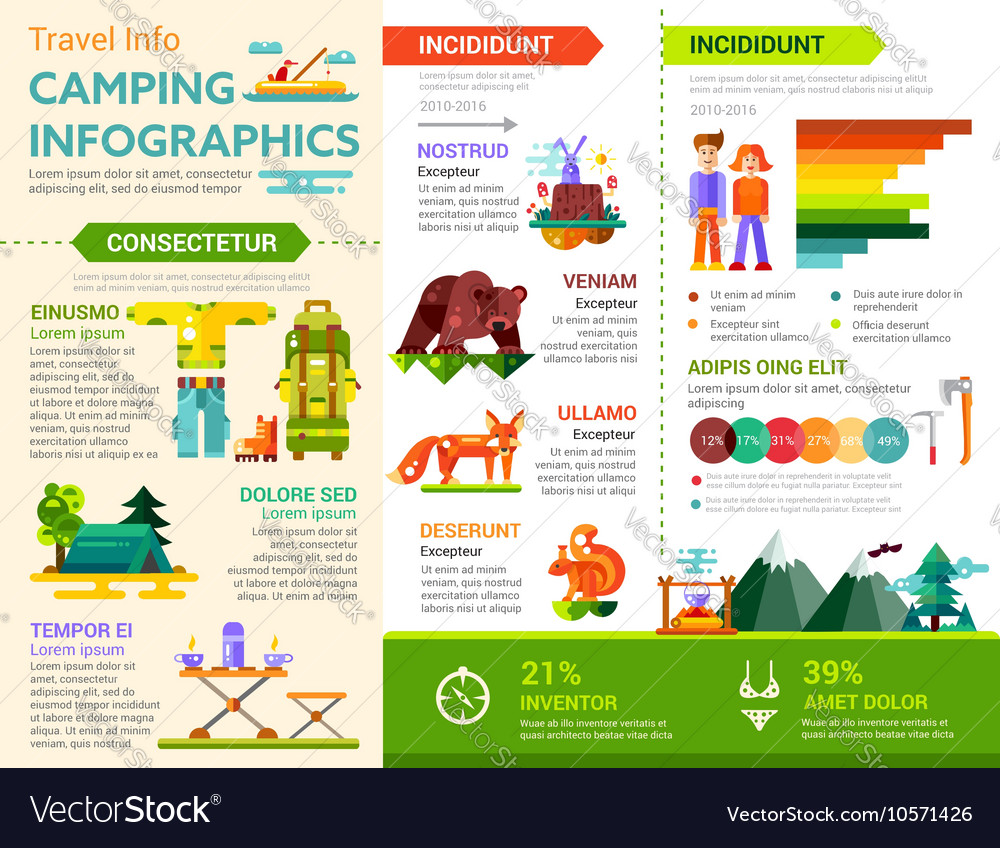Optimize Your Online Camping Tents Operation Operations And Sell Camping Tents
Optimize Your Online Camping Tents Operation Operations And Sell Camping Tents
Blog Article
How Vital Are Tent Footprints/Ground Cover?
Tent footprints are a fantastic way to protect your outdoor tents flooring from abrasions and extend its practical life. Mostly all equipment makers offer their very own brand-specific impacts that are created to match their certain outdoor tents versions.
Is it possible to live in a tent?
This tailored technique offers simplicity of setup and reduces the threat of rainwater seeping in with the seams.
What are they?
Camping tent impacts (also referred to as tent ground sheets or under tent pads) supply a layer of defense between the base of your camping tent and the outside atmosphere. They shield your tent from sharp things, dampness, and abrasive surfaces.
Most outdoor tents producers use their own top quality impacts designed to fit flawlessly with their designated shelter versions. However, these are commonly pricey and relatively hefty contrasted to DIY alternatives like Polycryo or Tyvek.
Footprints are normally made from long lasting, waterproof products such as polyurethane, nylon or silnylon. For ultralight backpackers seeking to minimize pack weight, there are additionally lightweight, high-strength alternatives made from Cuben Fiber (Dyneema). It is necessary to select a footprint that's a little smaller sized than your camping tent to prevent rain from leaking down the sides of your shelter and channeling underneath you while you sleep-- no person wants to awaken in a puddle! An impact is a beneficial addition to any kind of camping journey. It assists make certain a lengthy lifespan for your outdoor tents while adding convenience and satisfaction.
Exactly how important are they?
Outdoor tents footprints secure the base of your tent from abrasion and dampness, helping to expand its life expectancy. They're usually constructed from water resistant and dirt-resistant materials like polyethylene or a light-weight oxford polyester, though the denier of the fabric will certainly vary (the greater the denier number, the thicker and burlier).
Most footprints are made to specifically match the shape of your outdoor tents's flooring, which helps decrease material waste. Several have grommets or loops where you can weave guylines for tension and risks, guaranteeing that the impact is securely held back.
If you camp in harsh terrain or locations where there's a great deal of downed branches and sharp rocks, a tent impact is well worth the added weight and bulk. Yet if you often camp in completely dry, sandy or rocky conditions, a footprint might be excessive. A tarpaulin is a better option because instance.
Do you typically pack one?
If you're camping on a very level surface area where rocks and sticks aren't a concern, a camping tent impact most likely isn't required. If you are in the backcountry with a lot of rough terrain, an impact can make life a lot easier.
Impacts are normally sized somewhat smaller than the base of the tent. That's due to the fact that a bigger impact would certainly catch rain and funnel it under the outdoor tents, where you can get up in a pool.
Nevertheless, footprints can be expensive and heavy if you get one from the producer of your camping tent (the Big Agnes Tiger Wall surface UL 2 impact, for example, costs $70 and considers six ounces). You can save money and weight by making your own DIY impact by reducing an item of Tyvek or other water resistant fabric to the specific dimensions of your shelter. You can also include grommets for very easy attachment. The primary advantage of an impact is that it aids to shield the flooring of your backpacking tent from abrasive elements such as rocks and twigs.
How do you keep them clean?
A producer's footprint can add considerable weight to your sanctuary system and if you're an ultralight backpacker attempting to conserve every ounce, it may not deserve it. Consequently, many backpackers will use a DIY groundsheet that's made out of something like Tyvek or Polycryo and cut it to dimension for their outdoor tents impact.
This alternative is reasonably cheap and will certainly shield your outdoor tents from moisture, rocks, thorns, sticks, etc, while also helping to keep the bottom of your camping tent dry.
If you do choose to purchase a footprint, be sure liveable tents it's designed specifically for your details tent as this will certainly help in reducing water merging around the sides of your shelter. For example, if your tent footprint is too huge and expands past the side of your rainfly, it will certainly gather rainfall which can seep right into lighter-weight tents and possibly wear down the floor. See to it it fits your camping tent rather comfortably to prevent this.
Are canvas tents any good?
